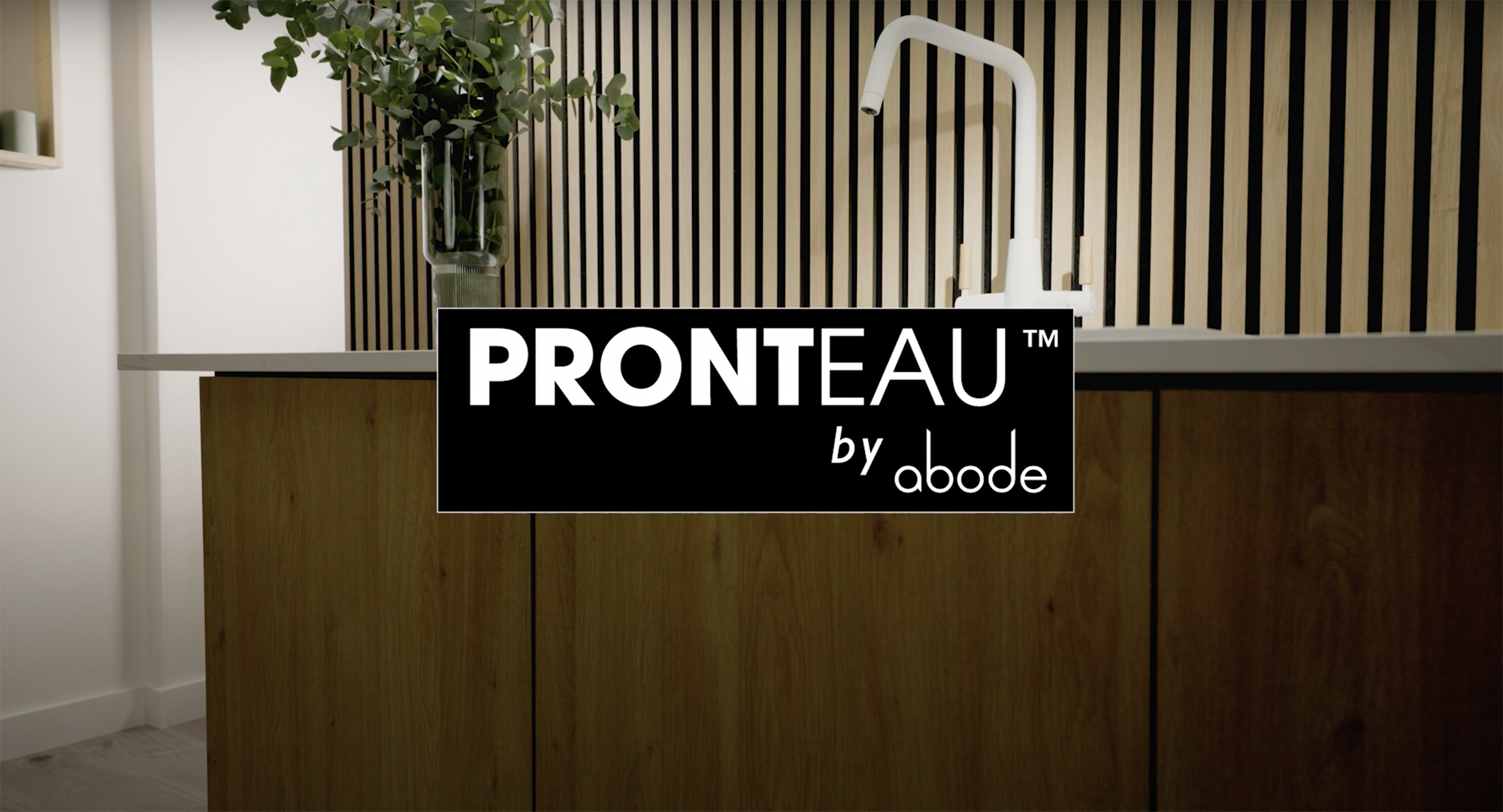Inspired by nature, baths have embraced fluid forms with curves and gently rippled textures to provide a relaxing space

In collaboration with British sculptor, Victoria + Albert Baths offers Seros freestanding bath, in 1650 and 1800 models
Recognising the influence of nature on health and wellbeing, bathroom interiors have embraced organic forms.
It has seen a return of luxurious curved shapes, softened, rounded angles and gently rippled textures, with the bath taking centrestage.
Sponsored Video
“More organic-shaped baths are becoming popular, with smooth curves taking over from the straight-edged, boxy designs”, says sales and marketing director of RAK Ceramics Ben Bryden.
He explains why there has been a move towards shapely designs: “This change comes as people focus more on relaxation and natural beauty in their bathroom setups.
“The organic shapes, inspired by nature, bring a sense of calm and peace. Many people now want their bathrooms to feel like a spa, and these rounded, flowing baths create a cosy, welcoming vibe.
“This trend is part of a larger shift towards wellness, incorporating elements of nature into our living spaces.”

Angelo D from Tissino is a twin-skinned acrylic bath, designed for fitting back-to-wall with pre-fitted waste and overflow
And product manager of Bathrooms to Love by PJH sales Julie Lockwood finds the influence of curves is reflected in her company’s bath sales.
She explains: “We are seeing a growing demand for curvy, organic-shaped baths. A softening of angular forms gives rise to a more modern, flowing look – more curves which are key in creating tranquil and relaxing bathing spaces.”
Practical form
Not only creating a gentle aesthetic, industry experts suggest the natural form provides a cosier experience.

Available left or right handed, the Kaldewei Meisterstruck Centro Duo Corner features enamelled waste cover and overflow knob integrated in the design
Managing director of Duravit UK Martin Carroll adds: “Organic-shaped bathtubs provide a comfortable, aesthetically pleasing focus in the room.”
While head of marketing at Bette Sven Rensinghoff explains:“Baths that are more organically shaped, as well as being extremely comfortable help to meet consumer demand for a truly relaxing bathing experience.”
But curved can also offer practicalities too, making a feel larger and with softened corners providing additional safety benefits, as head of Kaldewei UK Adam Teal points out: “These are perfect for family bathrooms and hotels alike, as there are no sharp angles or corners to consider.”
Fluted fronts
However it’s not only rounded shapes dictating bath design, most recently these have been joined by fluid textures, such as fluted surfaces. They not only soften the surface of the bath but create gentle visual movement.

Part of the Scudo brand from Harrison Bathrooms, Labyrinth back-to-wall bath features a fluted exterior
Head of marketing at Tissino Helen Ray-Dennett comments: “Textured finishes are starting to come through now in the bath design, especially a fluted design on the outer skirt of a freestanding bath, these were very popular at the most recent KBB show.”
And marketing manager of Harrison Bathrooms Peter Woodward explains: “Fluting can instantly elevate a bathroom for a modern aesthetic and these textured, ridged surfaces can add visual interest and sophistication.”
Across the board
While the freestanding bath probably best illustrates the trend for organic lines, due to the sheer size of the tub, the styling is not the sole domain of this bath type. Curves have influenced all models. It includes back-to-wall baths, which provide the freestanding look but without the space requirements.

Designed by Barber Osgerby, for Bette, is the Bette Suno freestanding bath with protruding rim, which can be used as a shelf or to aid bath entry and exit
Ben Bryden of RAK Ceramics points out: “Curves are increasingly common across a wide range of bath styles. In contemporary designs, curves offer a sleek, modern look, with freestanding tubs often embracing bold, fluid shapes. Traditional baths have long incorporated softer contours, contributing to their classic charm.”
So for designers seeking to create a stylish, wellness spa, with practical benefits and across price budgets, need look no further than a bath with graceful, flowing lines. Arcs and bowed shapes will help create a relaxing environment and instantly provide curve appea.



